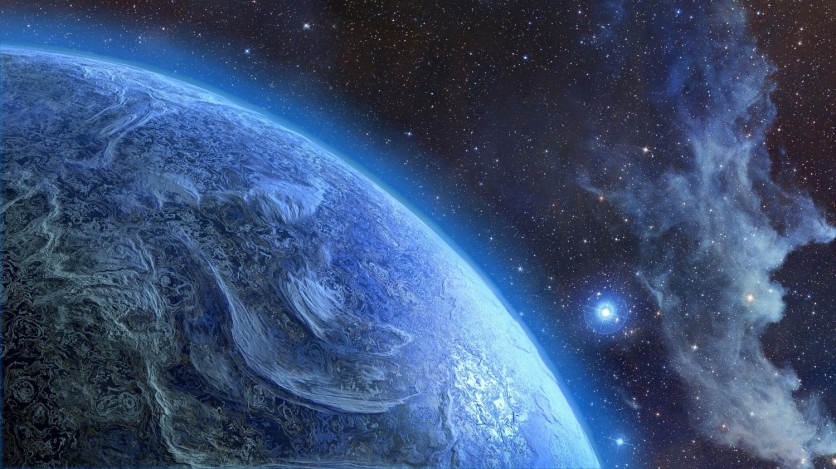A recent discovery by astronomers has highlighted an intriguing exoplanet, LHS 1140 b, situated in the habitable zone, presenting characteristics of a super-Earth ice or water world.
This finding, led by Université de Montréal, indicates that LHS 1140 b is not likely a mini-Neptune - a small gas giant with a thick hydrogen-rich atmosphere.
Instead, the planet, about 48 light-years away in the constellation Cetus, emerges as a strong candidate for possibly having a liquid water ocean and an atmosphere.
NASA James Webb Finds an Intriguing Exoplanet
Data from the James Webb Space Telescope (JWST) in December 2023, alongside earlier observations from Spitzer, Hubble, and TESS, confirm key findings about LHS 1140 b.
Detecting atmospheres on small, rocky exoplanets is particularly challenging for JWST due to weaker atmospheric signals than giant planets. However, the analysis of LHS 1140 b's atmosphere suggests it may be among the best candidates for a small exoplanet with a thick atmosphere in the habitable zone, indicating potential air presence.
LHS 1140 b, which orbits a low-mass red dwarf star one-fifth the size of the sun, has garnered significant scientific interest. Its proximity to the solar system and its position in the star's habitable zone, where temperatures might allow liquid water, make it a compelling target for study.
The primary question was whether LHS 1140 b is a mini-Neptune or a super-Earth. Current data strongly dismiss the mini-Neptune hypothesis, favoring a super-Earth classification, potentially with a nitrogen-rich atmosphere similar to Earth's. However, according to the researchers, additional JWST observations are needed to confirm nitrogen gas presence.
Density estimates from the data indicate that LHS 1140 b might be less dense than expected for a rocky planet with an Earth-like makeup, suggesting 10-20% of its mass could be water. That implies LHS 1140 b is likely a water world, possibly resembling a snowball or ice planet with a liquid ocean at the sub-stellar point.
The evidence points to a nitrogen-rich atmosphere, indicating the planet has retained a significant atmosphere that could support liquid water, making the water world/snowball scenario plausible.
Read Also : NASA's James Webb Space Telescope Captures Bright Hourglass-Shaped Dust Clouds Around Forming Star

A Snowball Planet With Bull's-Eye Ocean
If LHS 1140 b has an Earth-like atmosphere, models suggest it would be a snowball planet with a bull's-eye ocean roughly 4,000 kilometers in diameter, about half the Atlantic Ocean's surface area.
LHS 1140 b's favorable atmospheric conditions and potential for liquid water make it an excellent target for habitability research. According to the team, positioned in the habitable zone, this planet offers a rare chance to investigate a world that might sustain life, thanks to its likely heat-retaining atmosphere and stable climate.
"This is our first tantalizing glimpse of an atmosphere on a super Earth in the habitable zone. Compared to other known habitable zone exoplanets, such as those in the TRAPPIST-1 system, the star LHS 1140 appears to be calmer and less active, making it significantly less challenging to disentangle LHS 1140 b's atmosphere from stellar signals caused by starspots," Ryan MacDonald, NASA Sagan Fellow in the U-M Department of Astronomy, said in a press statement.
The findings of the team were published in arXiv.
Related Article : NASA's James Webb Space Telescope Discovers Massive Star Clusters in Cosmic Gems Arc

ⓒ 2025 TECHTIMES.com All rights reserved. Do not reproduce without permission.




